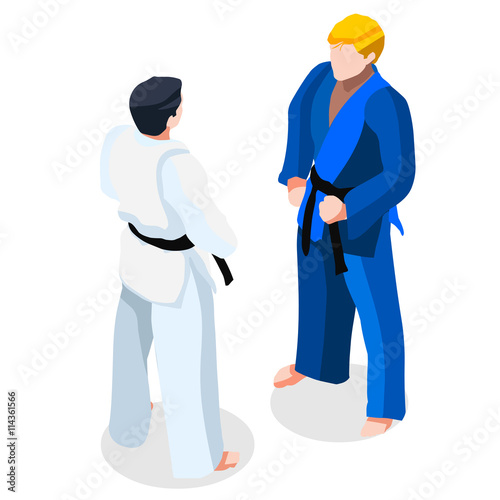Demystifying The Various Martial Arts Styles: From Karate To Taekwondo
Demystifying The Various Martial Arts Styles: From Karate To Taekwondo
Blog Article
Personnel Writer-Childers Joseph
Are you tired of sensation overwhelmed by the vast globe of martial arts? With martial arts equipment to pick from, it can be easy to get lost in a sea of strikes, kicks, and strange names. But concern not!
This conversation will certainly debunk the various fighting styles designs, taking you on a trip from the effective strikes of Karate to the dynamic kicks of Taekwondo. Get ready to discover the origins, techniques, and ideologies behind these ancient art kinds.
So, tighten your belt and prepare to embark on an enlightening exploration into the fascinating world of martial arts.
Origins of Martial Arts Styles
The origins of martial arts designs can be mapped back to old human beings and their demand for self-defense and fight methods. Throughout background, various societies created their very own one-of-a-kind techniques of fighting, each with its own collection of strategies and approaches.
In China, for example, martial arts styles such as Martial art and Tai Chi were created as a way of protection and improving physical and psychological well-being.
In Japan, the samurai warriors produced designs like Martial arts and Judo, focusing on technique, accuracy, and proficiency of the body.
Similarly, in Korea, Taekwondo emerged as a fighting style stressing high kicks, rapid activities, and psychological stamina.
These early people laid the foundation for the varied variety of martial arts designs that exist today, each with its very own rich background and social importance.
Methods and Educating Techniques
To understand martial arts designs, professionals need to find out different techniques and training methods.
Methods are the particular movements and actions used in combat, such as punches, kicks, throws, and obstructs. Different fighting styles designs have their own unique set of strategies that experts have to understand through extensive training.
Educating https://dontmesswithkungfukidspow33221.newsbloger.com/34497452/begin-your-course-in-the-direction-of-coming-to-be-competent-in-protection-by-recognizing-the-facility-link-between-fear-and-empowerment differ depending upon the design, but they generally involve a combination of physical conditioning, drills, sparring, and forms.
Physical fitness is critical to build toughness, flexibility, and endurance. Drills help practitioners improve their techniques and improve their rate and precision.
Competing permits practitioners to exercise their methods in a controlled, reasonable atmosphere. Types, also known as kata, are cut-and-dried series of motions that aid practitioners establish muscle memory and emphasis.
Philosophies and Principles
Discovering the ideologies and concepts of fighting styles styles can offer you with a deeper understanding of your selected self-control. Each fighting style has its own unique ideology and set of leading principles that form the method it's practiced.
For example, Karate stresses self-control, respect, and self-constraint. It teaches professionals to focus their minds and bodies, enabling them to safeguard themselves while preserving a feeling of inner peace.
On the other hand, Taekwondo positions a strong focus on speed, agility, and adaptability. Its principles are rooted in the tenets of courtesy, honesty, determination, self-constraint, and resolute spirit.
Final thought
Now that you have actually discovered the origins, strategies, and approaches of different fighting styles styles, you have a deeper understanding of these old disciplines.
Visualize a young karate trainee, practicing with unwavering resolution and focus, breaking through boards with an effective punch.
https://www.businessinsider.com/musk-zuckerberg-are-perfect-role-models-should-fight-marc-andreessen-2023-7 and stamina required to master a martial art, advising us that with discipline and perseverance, anything is possible.
